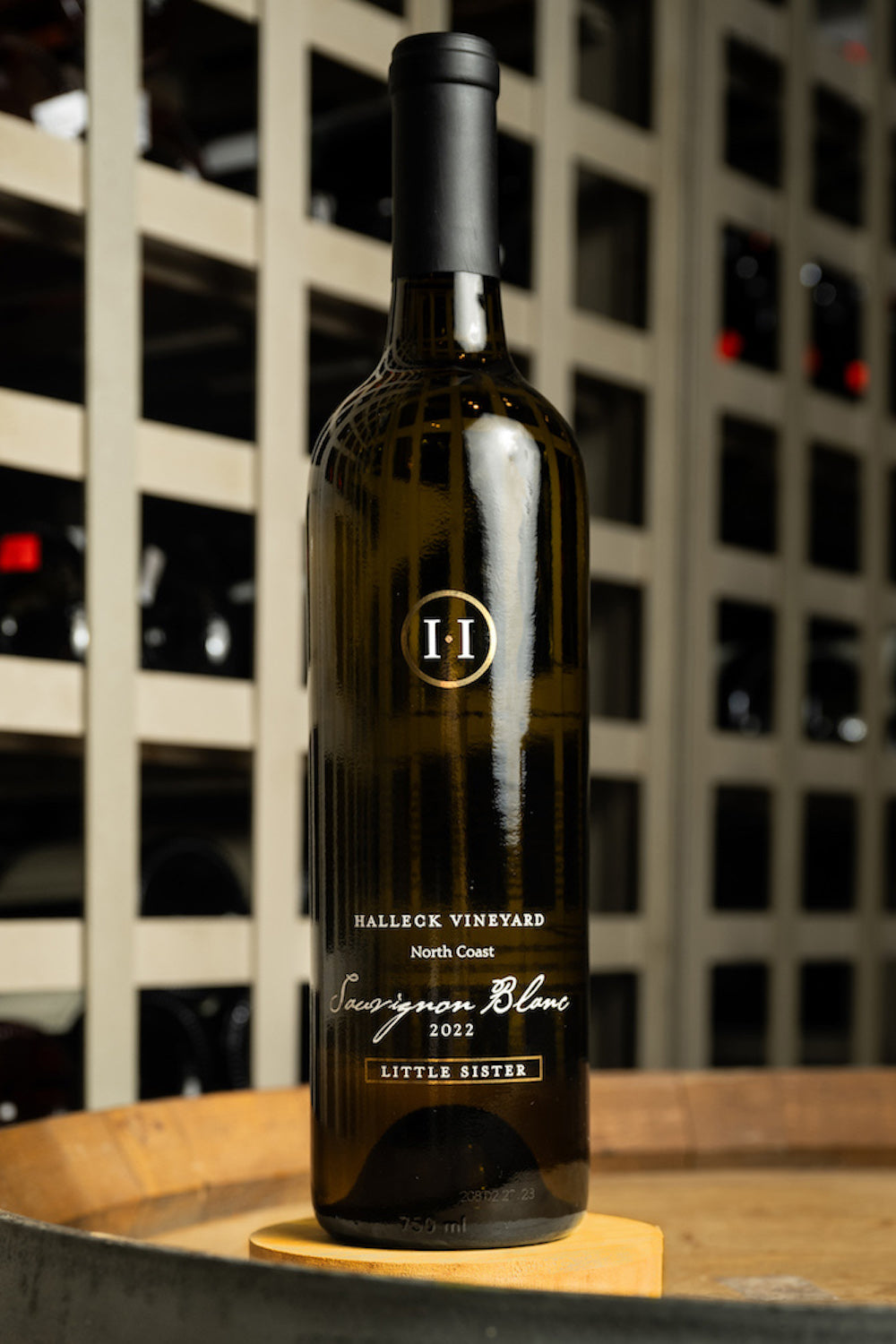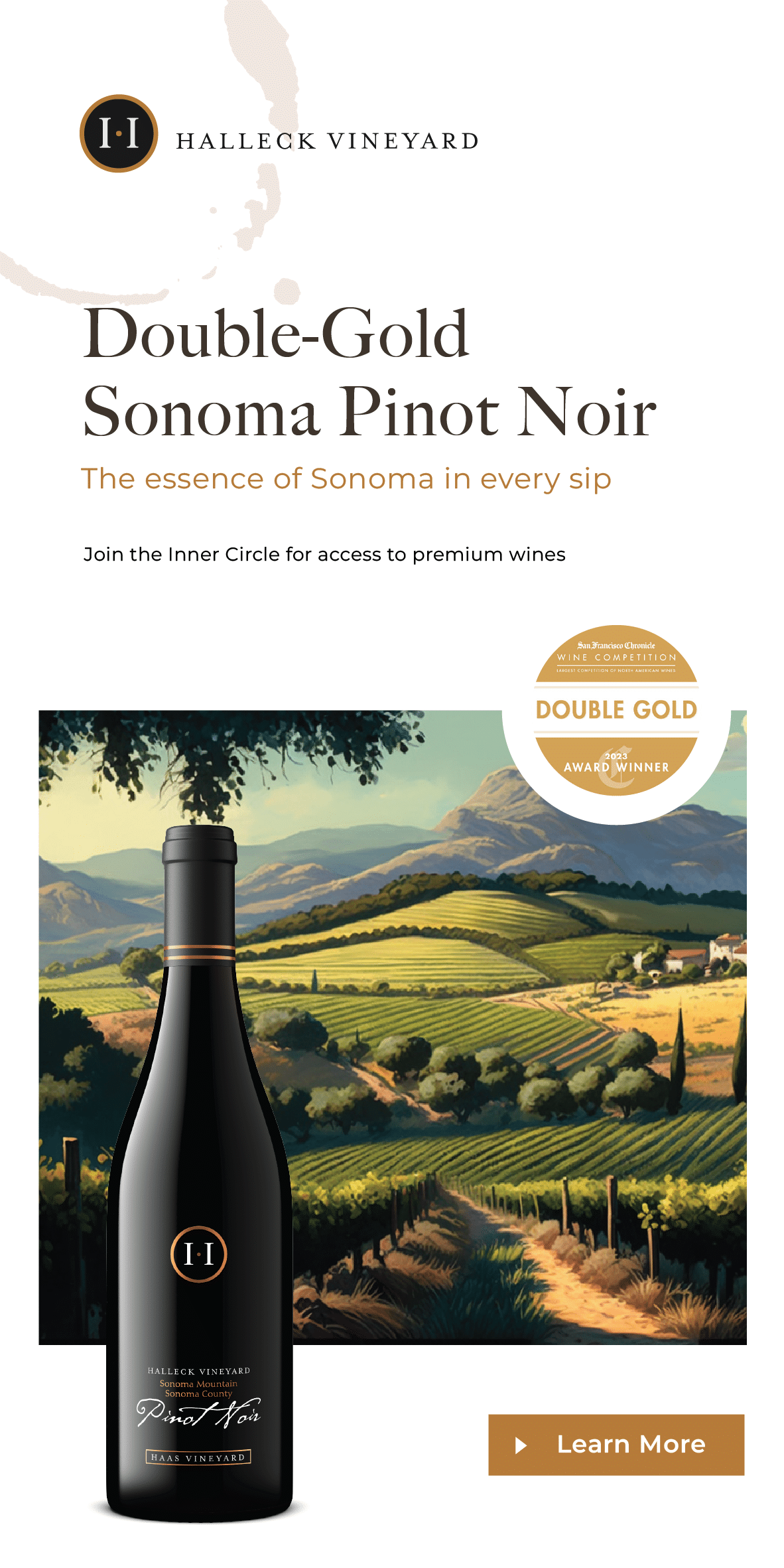Wineries Ideal For Large Groups - Sonoma Wineries With Vineyard Views
Wine tasting is an art that combines sensory experience with an appreciation for the nuances of different varietals. How to gauge flavors in winery wine tasting periods is pivotal to greedy the complexities of wine.
Participating in a wine tasting entails greater than merely sipping and savoring. It requires a centered strategy to determine aromas and flavors that each wine presents. As you start, observe the wine's appearance, noting its color and clarity. These visible cues usually counsel a wine’s age, grape selection, and even potential flavor profiles.
The next step in the tasting process is to swirl the wine in your glass. This motion releases fragrant compounds which are very important for evaluation. Lean in and take a moment to inhale deeply; the aromas can range from floral and fruity to spicy and earthy. The nose of the wine is simply as necessary as the palate, and recognizing scents plays a significant function in understanding the general experience.
When taking your first sip, permit the wine to move throughout your palate - Wineries Located Near Russian River Valley. Discover the preliminary flavors that current themselves. Is the wine fruity, floral, or perhaps herbaceous? This initial style provides insight into what the wine is more doubtless to express as you proceed to judge it. The mouthfeel additionally contributes to the overall flavor experience; it might be silky, tannic, or even effervescent.
Wineries With Scenic Views - Sonoma's Finest Wineries
As you continue tasting, take note of the wine’s stability. A well-balanced wine will harmonize acidity, sweetness, and tannins. If one element overwhelms the others, it'd indicate a much less fascinating quality. Evaluating stability can help you determine how well the wine would possibly pair with food.
Transitioning to the end, contemplate how the flavors evolve because the wine lingers on your palate. A long, pleasant end can point out a high-quality wine, whereas a short or abrupt finish would possibly counsel otherwise. Mirror on whether the flavors remain constant or if new notes emerge because the wine settles. This progression can reveal complexities and intricacies which may not have been apparent within the initial tasting.
Temperature is also a vital factor in evaluating wine flavors. Totally Different forms of wine are optimally loved at specific temperatures. White wines usually shine when chilled, whereas red wines generally carry out greatest at room temperature. When tasting, ensure the wine is on the acceptable temperature to totally respect its character.
Wineries In The Heart Of Sonoma County Wine Region - Vineyards In The Sonoma Region
Pairing food with wine can tremendously enhance the tasting experience. Foods can influence the notion of flavors in wine, either highlighting certain characteristics or diminishing them. When evaluating flavors, think about how the wine interacts with completely different foods, noticing which flavors are amplified or muted (Wineries Producing Pinot Noir And Chardonnay).

Consider the influence of terroir as you have interaction in a winery tasting. Terroir encompasses the unique environmental factors that have an result on grape growing, together with soil composition, climate, and geography. Understanding a wine's terroir can provide perception into its flavors and aromas, fostering a deeper appreciation for the alternatives made throughout its cultivation and manufacturing.
Schooling plays a basic function in enhancing one's capacity to judge wine flavors. Learning about grape varieties, wine regions, and manufacturing strategies can pave the way for more informed judgments throughout tastings. Additionally, attending workshops or classes can refine sensory skills and increase your flavor vocabulary, enabling you to articulate tasting notes more effectively.

Finally, it's important to remember that evaluating wine flavors is a highly personal experience. Particular Person preferences and perceptions will invariably form one’s tasting journey. Enjoyment ought to be at the forefront, with the evaluation process performing as a device to boost understanding and appreciation quite than create rigid guidelines.
Wineries Perfect For A Relaxing Afternoon - Discovering Sonoma Area Wineries
In conclusion, mastering how to evaluate flavors in winery wine tasting classes includes a mixture of sensory engagement, data, and practice. By studying to identify aromas, assess the balance, and appreciate the intricacies of flavor, wine enthusiasts can deepen their connection to each bottle they encounter. As with any art type, the extra one immerses themselves within the experience, the extra they may uncover and enjoy the vast world of wine.
- Begin by observing the wine's colour and readability, as these visible parts can trace at its flavor profile and getting older potential.
- Swirl the wine gently in your glass; this releases aromatic compounds, allowing you to higher establish the advanced scents associated with the wine.
- Take a deep inhale earlier than tasting, focusing on both primary and secondary aromas to gather insights on fruits, spices, and other nuances.
- When tasting, allow the wine to coat your palate; note the initial flavors, the mid-palate complexity, and the finish as these stages can provide different flavor highlights.
- Pay attention to texture and mouthfeel, as aspects corresponding to tannin ranges, acidity, and sweetness contribute considerably to the general tasting experience.
- Compare flavors against commonplace wine traits; for pink wines, contemplate berry notes, oak influence, and herbal tones, while whites may include citrus, stone fruits, and floral hints.
- Take notes through the tasting session to trace your impressions, serving to you to remember and evaluate the different wines sampled.
- Talk About your findings with fellow tasters or winery staff, as sharing insights can enhance understanding and appreciation of individual flavors.
- Enable time for the wine to breathe; sometimes, flavors evolve and reveal new dimensions after being exposed to air.
- Experiment with food pairings during the tasting as they can dramatically alter how flavors are perceived, influencing overall enjoyment.undefinedWhat should I search for when evaluating the aroma of wine throughout a tasting?
Begin by swirling the webpage wine in your glass to launch its aromas. Bring the glass to your nose and take a deep breath. Pay consideration to the primary scents you detect, as these are often the most distinguished. Look for fruit, floral, natural, or earthy notes and try to identify particular traits, which can deepen your understanding of the wine's complexity.
Remarkable Craft Wineries In Sebastopol - Sonoma Wine Retreats

How can I distinguish between different flavor profiles in wine?
Understand that flavor click this link profiles are sometimes categorized as fruit, floral, herbaceous, spicy, or mineral. Take small sips and permit the wine to coat your palate. Notice the primary flavors that emerge first and the subtle notes that follow. This layering is crucial in distinguishing the wine's characteristics and will help you recognize its unique profile.
Wineries With Estate-Grown Grapes - Enjoying The Best Wineries In Sebastopol
What is the significance of the wine's texture in a tasting?

The texture of the wine, also called mouthfeel, performs a crucial position in how we perceive flavors. Pay consideration as to whether the wine feels clean, creamy, or gritty. The physique of the wine (light, medium, or full) can enhance or contrast with flavors, offering a more rounded experience during tasting.
How do I assess the steadiness of flavors in wine?
Balance in wine refers to the concord between acidity, sweetness, tannin, and alcohol. Take a moment to evaluate whether or not these elements complement or intrude with each other. A well-balanced wine will have none of its elements overpowering the others, creating a nice tasting experience.
Charming Wineries Offering Wine And Food Pairings - Wine Tasting In Sonoma County
What role does temperature play in evaluating wine flavors?
Temperature can considerably impact the notion of flavors. Generally, purple wines are best served slightly beneath room temperature, while white wines get pleasure from being chilled. As the temperature modifications, the aromas and flavors can shift, permitting you to perceive completely different characteristics. It’s important to style wine at its optimal temperature for true analysis.
Elegant Wine Tasting Locations In Sonoma - Wineries To Explore In Sonoma Valley
How can I enhance my tasting skills over time?
Practice is essential to enhancing your tasting skills. Wineries With Live Music Events Occasionally. Attend tastings, maintain a journal of your experiences, and explore different types of wines to broaden your palate. Additionally, studying about wine manufacturing and grape varieties can present context that enhances your analysis course of, making you a more knowledgeable taster.
Is there a specific order during which I ought to taste the wines?
Good Wineries For Large Groups In Sonoma Valley - Sebastopol's Vibrant Wine Scene
Sure, it’s advisable to taste wines from light to full-bodied and dry to candy. This development prevents the stronger flavors from overshadowing the more delicate ones, allowing you to fully respect every wine's characteristics and nuances with out palate fatigue.
How can I consider the aftertaste of wine?
Quaint Wineries In Picturesque Settings In Sebastopol - Sonoma Area Winery For Tasting
The aftertaste, or end, is an important aspect of the wine-tasting experience. After swallowing, pay attention to how long the flavors linger on your palate and whether they change. A lengthy, nice end is commonly an indicator of a high-quality wine, whereas a brief or disagreeable end might recommend otherwise.
Why is it important to note the wine’s acidity during tasting?
Acidity contributes to the general freshness and construction of the wine. Pay consideration to the tingling sensation in your tongue; greater acidity can enhance the wine's liveliness and balance out sweetness. Noting acidity helps determine the wine's versatility with food and its aging potential.
What ought to I do if I battle to determine specific flavors in wine?
Vintage Wine Tasting Experiences In Sebastopol - Sonoma Wine Tasting Tour
Struggling to determine flavors is frequent, particularly for novices. Focus on broader classes and describe what you can recognize, such as sweet or earthy notes. With practice, reading about different flavor profiles, and perhaps using flavor wheels, you'll refine your senses and develop a more nuanced approach to tasting.